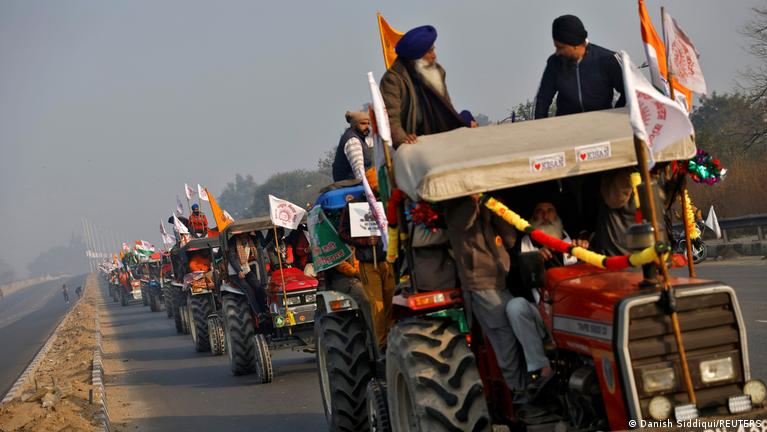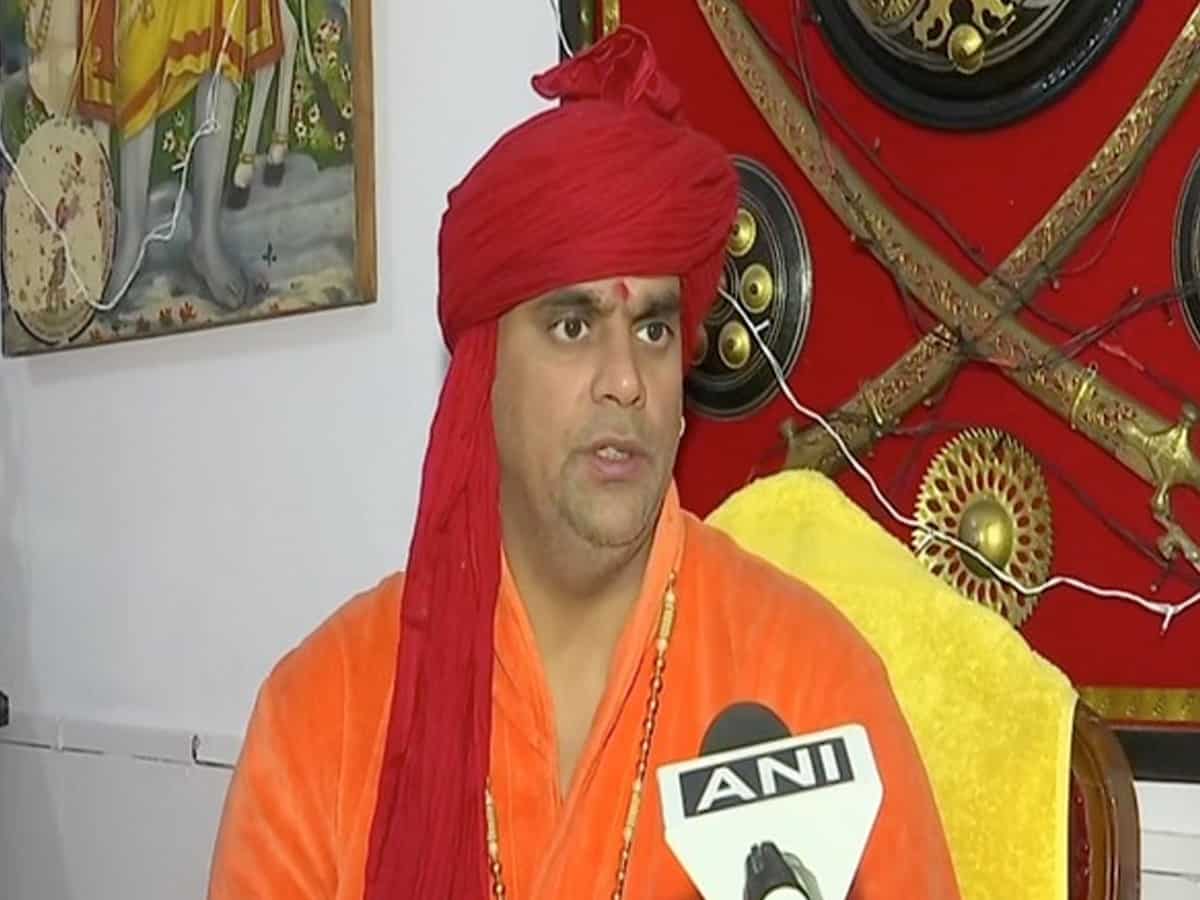Farmers protest today: As over 200 farmer unions join Delhi Chalo protest, measures have been taken to not allow them to reach Delhi unlike in 2020.
Farmers, mainly from Punjab, accompanied by Haryana and Uttar Pradesh counterparts, will begin their ‘Chalo Delhi’ march shortly, after their meeting with the Union government remained inconclusive. On the eve of the march, farmer leaders from Punjab, Haryana, and Uttar Pradesh met with central ministers Piyush Goyal and Arjun Munda for a second round of talks, with the meeting lasting for five hours, in the Centre’s last ditch attempt to halt the protest which is expected to cause gridlock across Delhi NCR on Tuesday.
Union Agriculture Minister Munda said after the meeting that a consesus was reached on most of the issues concerning the farmers. However, the farmers asserted that they will march on Tuesday, leading to the closure of many state borders across Delhi.
The Samyukta Kisan Morcha (Non-Political) and the Kisan Mazdoor Morcha will leads Tuesday’s march to press the Centre to accept their demands, including the enactment of a law to guarantee a minimum support price (MSP) for crops.
The legal guarantee of MSP is the prime reason for the farmers’ protest. Apart from this, the farmers have also demanded the implementation of the Swaminathan Commission’s recommendations, as well as farm debt waiver.
Top points on farmers’ ‘Chalo Delhi’ march on Tuesday –
- Farmers from Haryana, Punjab and Uttar Pradesh are launching a mega protest in the national capital of Delhi to call for a legal guarantee of MSP. The ‘Delhi Chalo’ march was announced last week to urge the Centre to accept their demands.
- Farmers have put forth multiple conditions like legal MSP guarantee, pension for farmers and farm labourers, farm debt waiver and “justice” for victims of the Lakhimpur Kheri violence.
- Security has been intensified at the Singh, Tikri and Ghazipur border in Delhi, with cement barricading, metal nails and barriers installed to restrict movement of vehincles and prevent disturbances in the national capital.
- The Delhi police on Sunday imposed section 144 of the Criminal Procedure Code at the Uttar Pradesh borders to prevent mishaps ahead of the farmers’ protests on Tuesday.
- Over 50,000 security personnel have been deployed at the borders in Delhi, and internet and bulk SMS services have been suspended in seven districts – Ambala, Kurukshetra, Kaithal, Jind, Hisar, Fatehabad and Sirsa – for February 13.
Punjab, Haryana and Uttar Pradesh farmers take to the street — in 2024 — with more than 200 farmer unions heading to Delhi on Tuesday after the last round of talks between the farmer leaders and the Union ministers remained inconclusive on Monday night. Union minister Arjun Munda said on most of the issues raised by the farmers a consensus was reached and the government proposed to form a committee to address the rest. Farmer leaders said there was no clarity of legal guarantee to the minimum support price.
The farmers will start their Delhi Chalo march at 10am but the Haryana government has put up a major fencing around the state to make sure the protesters can not enter Haryana from Punjab. The borders of Delhi have been fortified in an attempt to not allow the rerun of farmers’ 2020-21 protest.
How farmers’ protest 2.0 is different from farmers’ 2020 protest | 5 points
1. Why farmers are protesting now: In 2020, the farmers protested against the three laws which after one year of their protest on Delhi borders were repealed in 2021.
Delhi Chalo was announced in 2023 demanding a legal guarantee to MSP for all crops, the implementation of Swaminathan Commission’s formula, full debt waiver for farmers, pension for farmers and labourers, withdrawal of cases against farmers during the 2020-21 protest.
2. Who is leading the protest?
Farmers protest 2.0 is being spearheaded by different unions as the landscape of the farmers’ unions has changed in the last few years. The Samyukt Kisan Morcha (Non-Political) and the Kisan Mazdoor Morcha have announced Delhi Chalo 2.0.
Bhartiya Kisan Union, Samyukt Kisan Morcha which led the 2020 protest of the farmers witnessed several factionalism.
3. Rakesh Tikait, Gurnam Singh Charuni not part of Delhi Chalo 2.0
The two prominent leaders of the farmers’ 2020 protest were Rakesh Tikait and Gurnam Singh Charuni. But they are nowhere to be seen as the farmers take to the street four years later. Jagjit Singh Dallewal, leader of SKM (non-political) and Sarwan Singh Pandher, general secretary of Kisan Mazdoor Morcha (KMM), are at the forefront now.
4. Massive security, blockades to not allow farmers to reach Delhi
In 2020, farmers were able to come– to the national capital but this time the administration has taken strict pre-emptive measures. Barbed wire, cement barricade, nails on roads — all roads to Delhi have been blocked. Section 144 has been imposed in Delhi. Haryana government sealed its borders with Punjab.
5. Govt’s response: The government started the negotiation process even before the farmers’ Delhi Chalo march this time. The first meeting between the farmer leaders and the Union ministers took place on February 8. The second meeting took place on February 12.
The government, according to reports, accepted the demand to withdraw all cases against farmers registered during the 2020-21 agitation against the now-repealed farm laws but there was no leagal guarantee of MSP.



